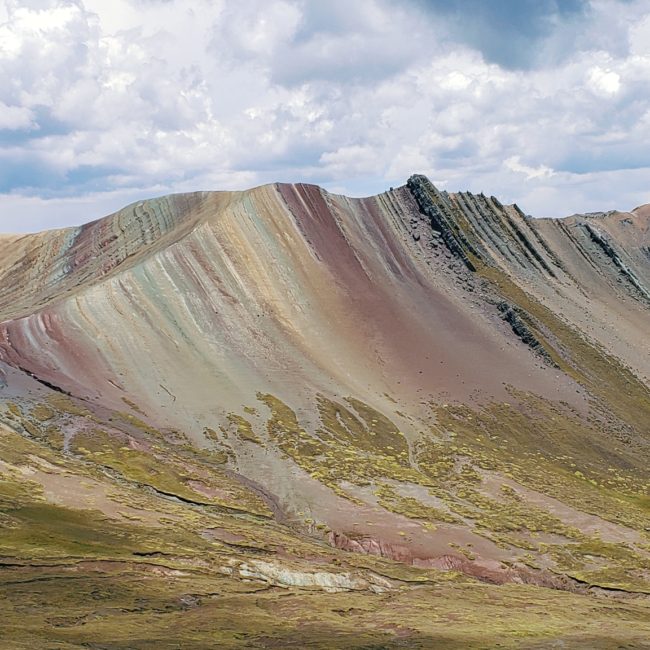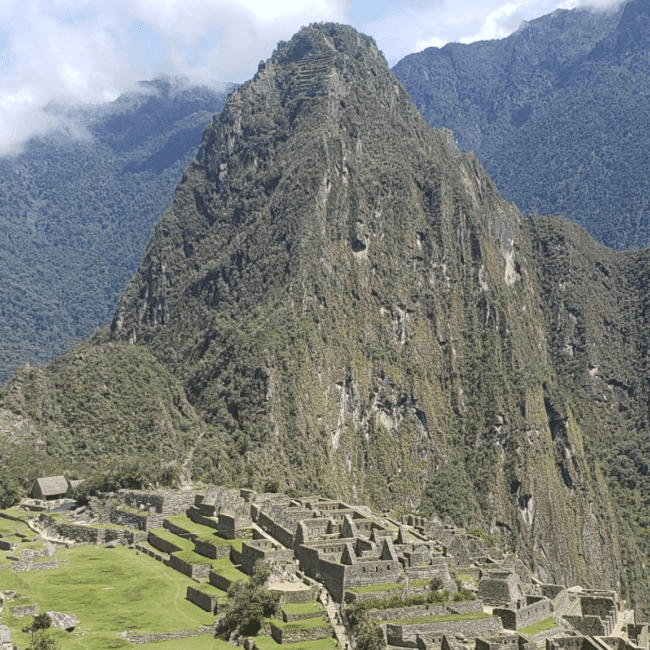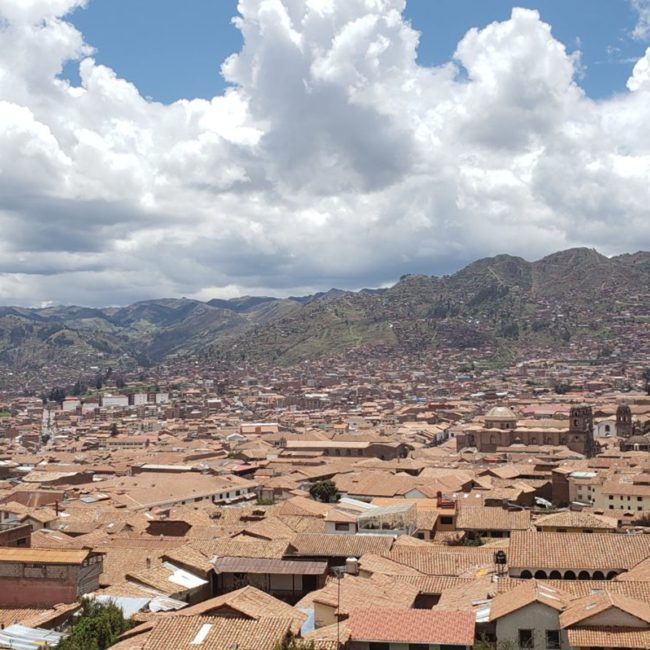This website uses cookies so that we can provide you with the best user experience possible. Cookie information is stored in your browser and performs functions such as recognising you when you return to our website and helping our team to understand which sections of the website you find most interesting and useful.
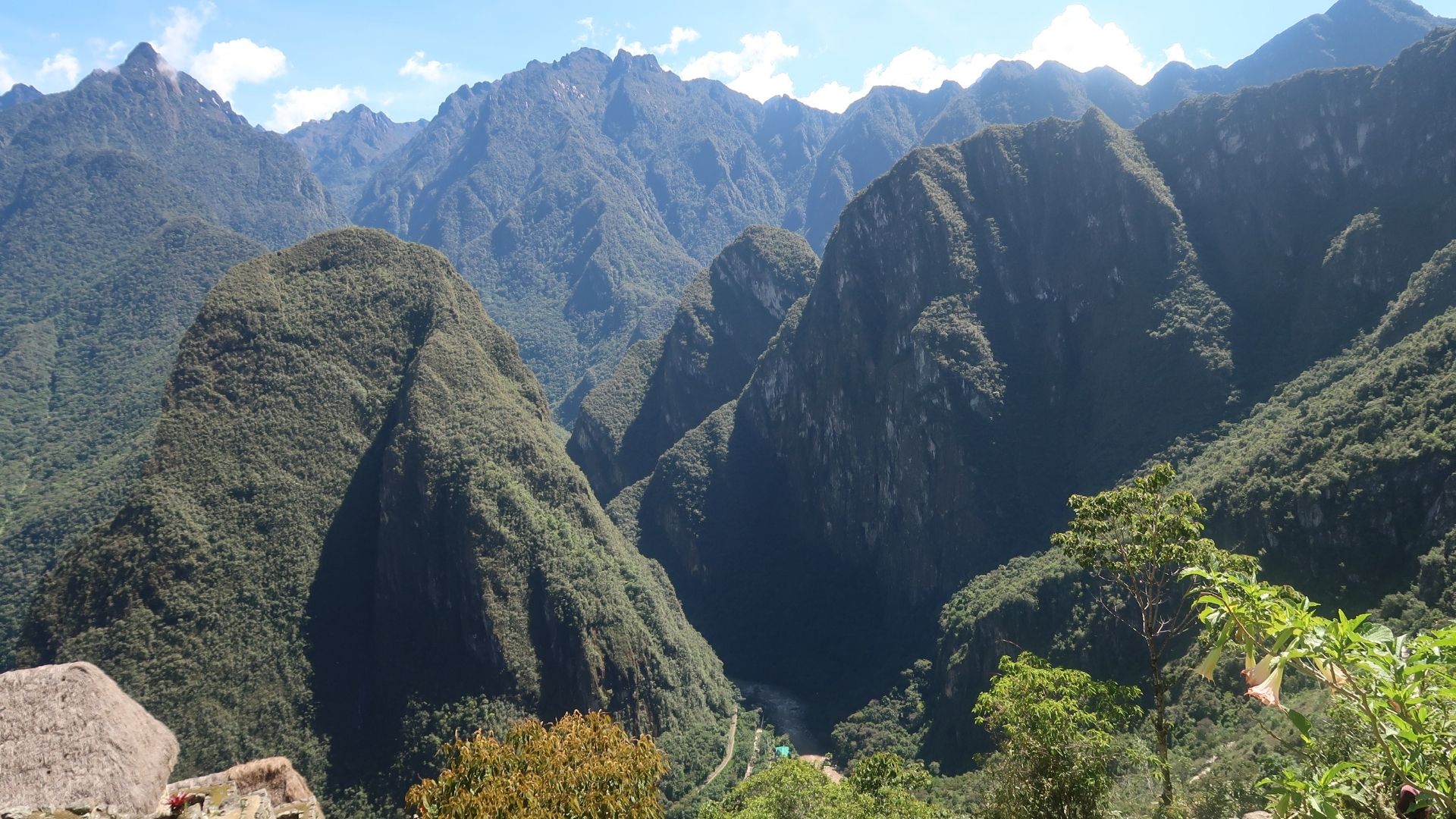
Peru
Diverse landscapes
Peru has 28 different climates and with this diverse ecosystem, there’s something for everyone to enjoy. You can go sand-boarding in the desert in Huacachina Oasis, then see the mountainous terrain around Cusco. Or, check out the Amazon rainforest – the varieties are really unlimited in Peru!
Indulge in the best cuisine
You’ve probably heard that Peru has the best cuisine in the Americas, and even the world. I definitely have to agree, especially in Lima. Many dishes in Peru are influenced by Spanish, Asian and African flavors. Try traditional Peruvian dishes like: ceviche, lomo saltado and cuy – guinea pig meat (an Andean delicacy). If you’re vegan, you won’t have any issue finding food to eat because Peruvians eat a lot of plant-based things. Especially in the Andes region. You can have potatoes, quinoa, corn, or even mushroom ceviche – I tried the mushroom ceviche and it’s delicious! Peruvians also seem to love spicy food, or at least dip their food in spicy sauce, which I love. Also, you can’t come to Peru and not drink their delicious wine, Inca Kola or pisco sour. Unless, of course, you’re vegan then pisco sour may not be an option for you.
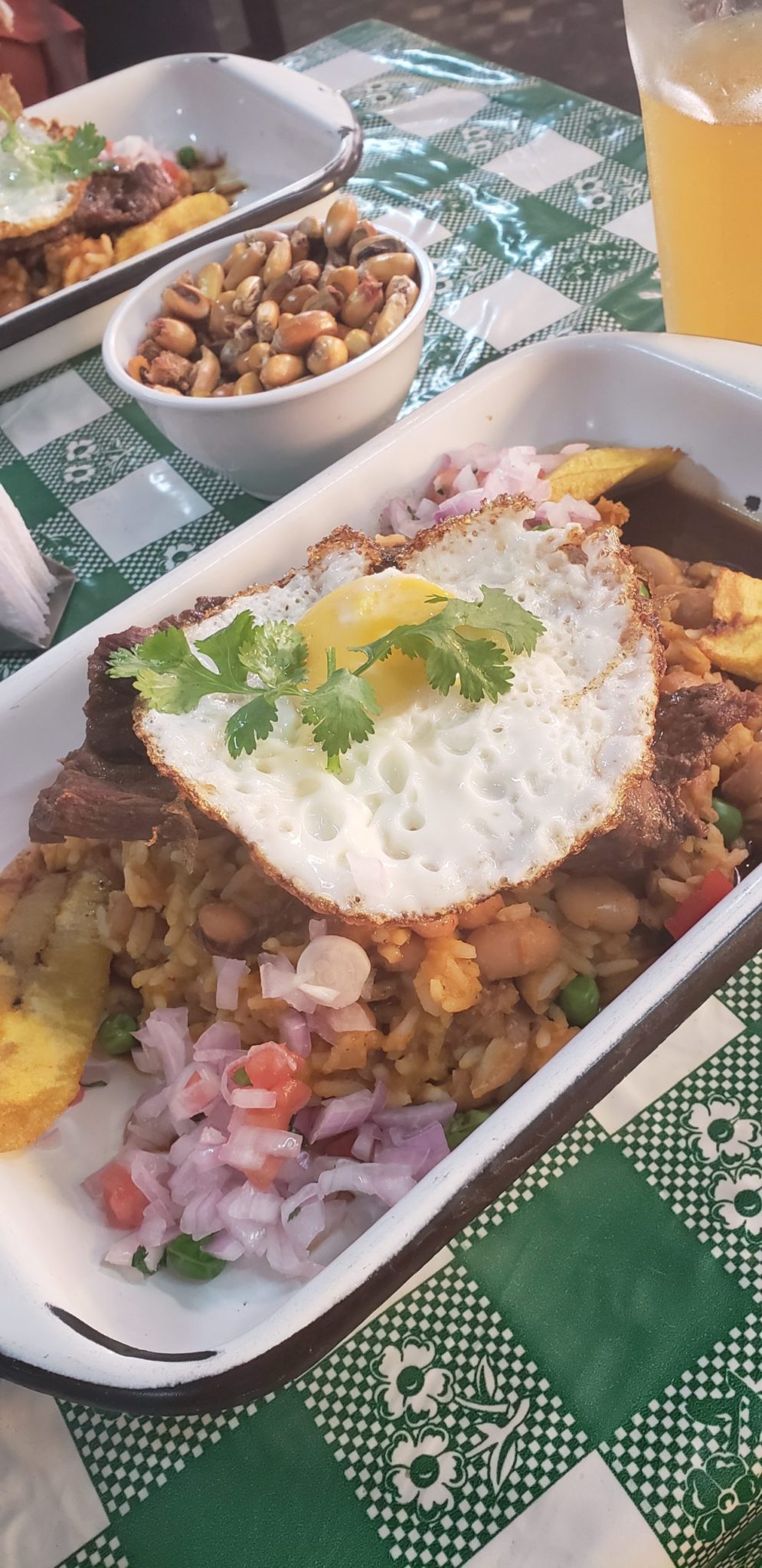
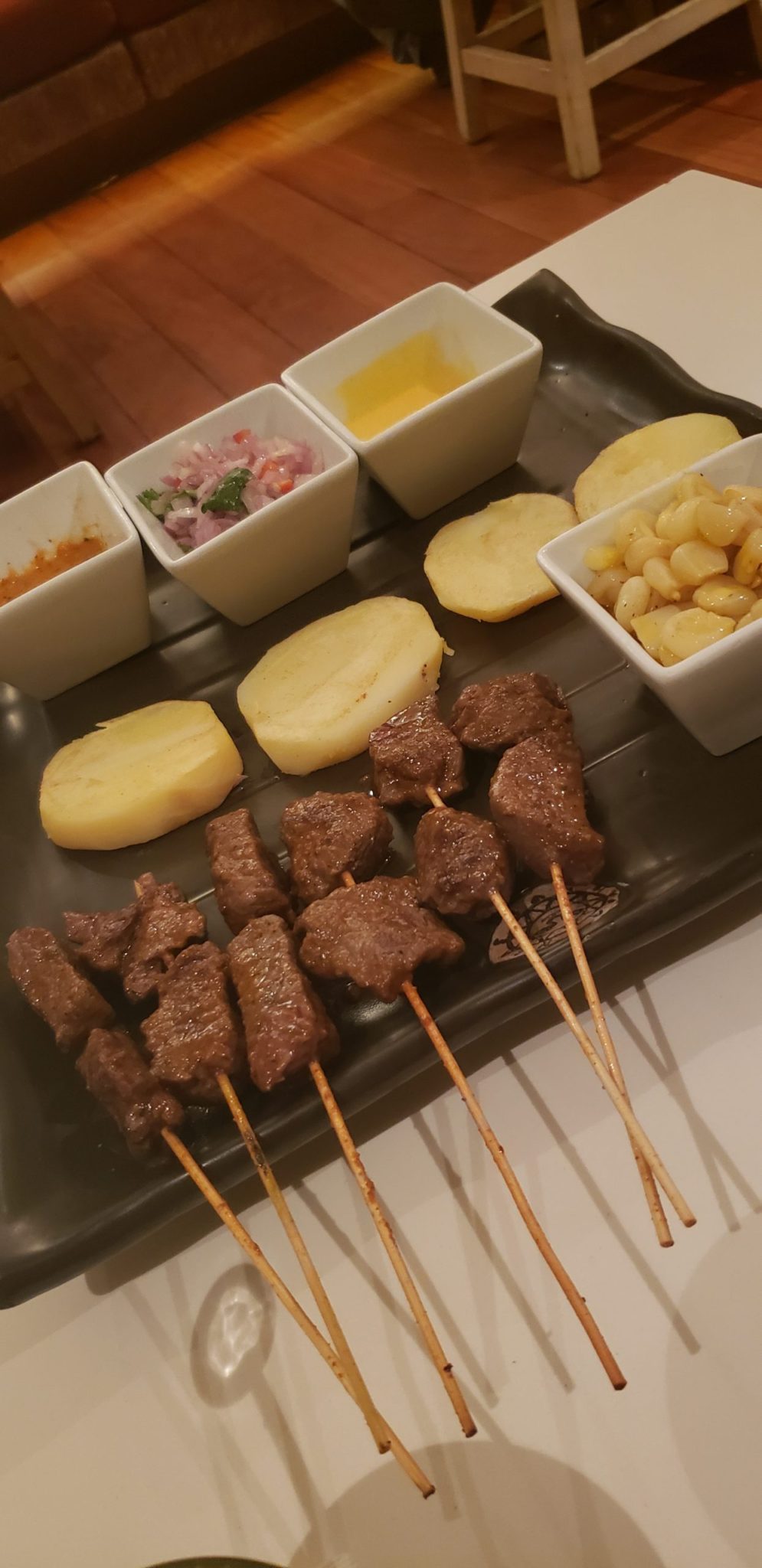
Ancient Sites & history
Peru has a plethora of ancient sites you can check out, all of which comes with fascinating history. For instance, Cusco has a great selection of ruins in, and around, the city – think Machu Picchu and Sacsayhuaman. You’ll learn, and see, how brilliant Incas were with their engineering techniques. And how they built sites to be earthquake resistant.
Inexpensive
If you’re from the states, then things in Peru are fairly cheap. And while some tours can be pricey, you can (often times) get around that.
For instance, the popular Peru Hop day tour to Paracas + Huacachina will cost you $119. However, we weren’t interested in waking up early to visit Paracas, we really just wanted to go to Huacachina. So, we booked a round-trip bus to Ica, then took a taxi ride to Huacachina. From there, we bought our tickets to the sand dunes – all of which only cost us ~$49.
I didn’t spend more than $10 on an Uber ride. Certainly, this cost would be cheaper if you’re splitting with more than two people, but that’s still relatively cheap. Food and drinks are also very cheap. The bill for more “pricey” restaurants in Peru is similar to the bill at a normal American restaurant. And flying between cities in Peru is fairly cheap too.

Getting Around
Packing list
While in Peru, chances are you’re going to deal with multiple climates. Going back to my point above about their 28 different climates. And while temperatures can be warm during the day, it can be cool at night. Especially in Cusco, so packing layers is ideal. I visited in November, which is their rainy season. However, I only experienced heavy rain one evening in Cusco, and light sprinkles almost every evening in Lima. Also, most accommodations don’t have central heating or radiators, but they’ll more than likely provide space heaters and heavy blankets. Especially in Cusco.
With such a vast range of climates, it can be hard deciding what to pack. These are the items I packed based on where I visited (Lima, Cusco and Ica/Huacachina), and the duration of my trip.
Altitude Sickness
Probably one of the biggest things people research prior to going to Peru, or at least I know I did. Although I’ve traveled to places with relatively high altitudes. For example, Teide Observatory in Tenerife, Canary Islands and Medellin, Colombia. I was still fairly anxious as to what to expect, and how my body would react to the high altitude.
Please understand, you can be the most physically fit person and still suffer from altitude sickness. It doesn’t discriminate on physical fitness, age or gender.
Way to prevent altitude sickness
Disclaimer: I’m in no way, shape or form a doctor. If you have any medical conditions, you may want to talk to your physician.



